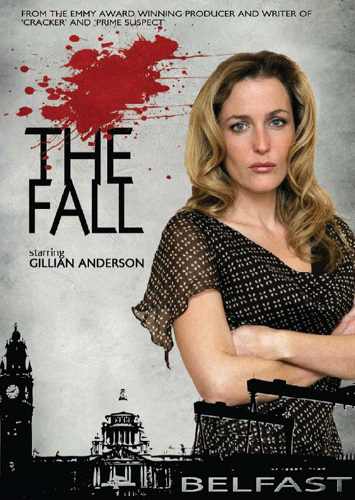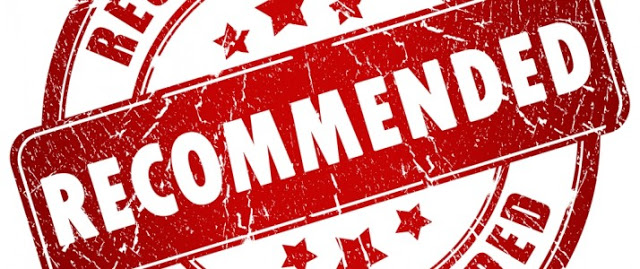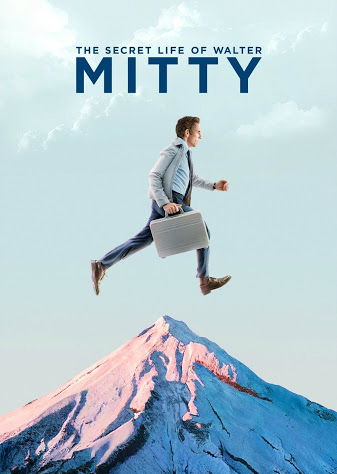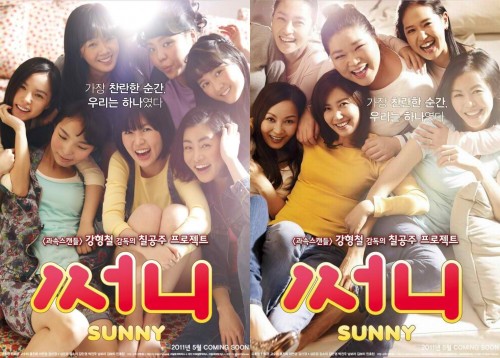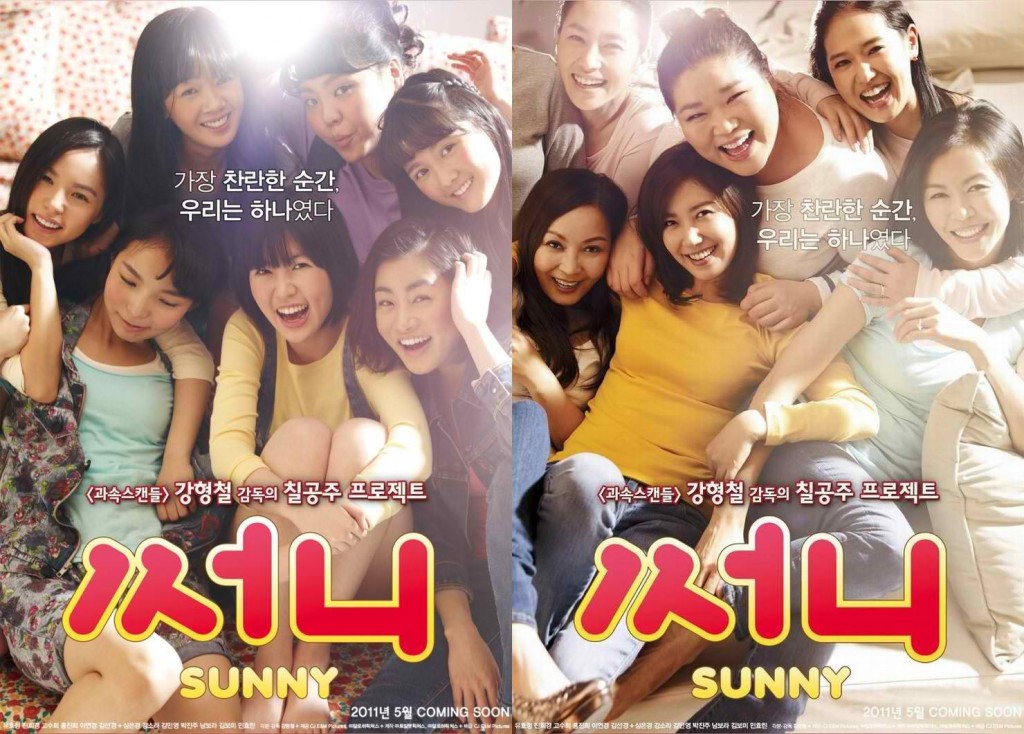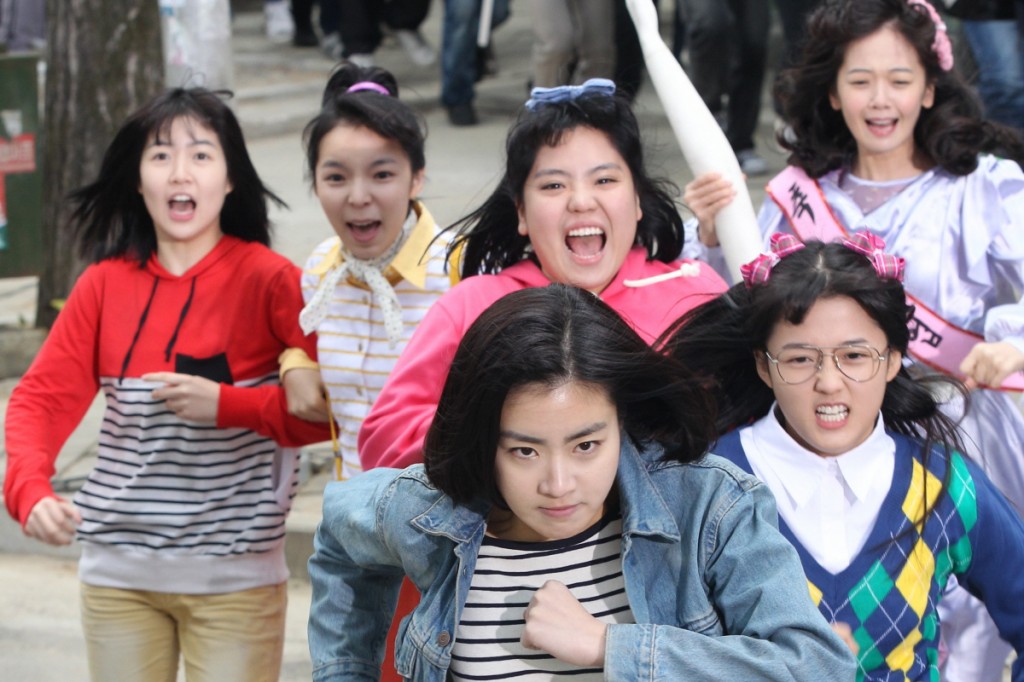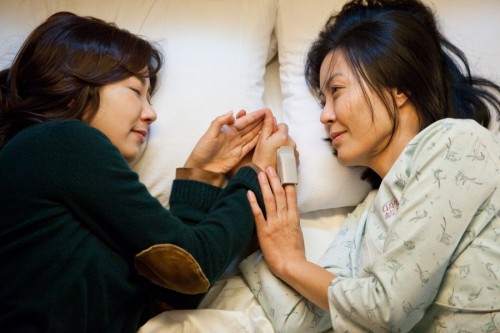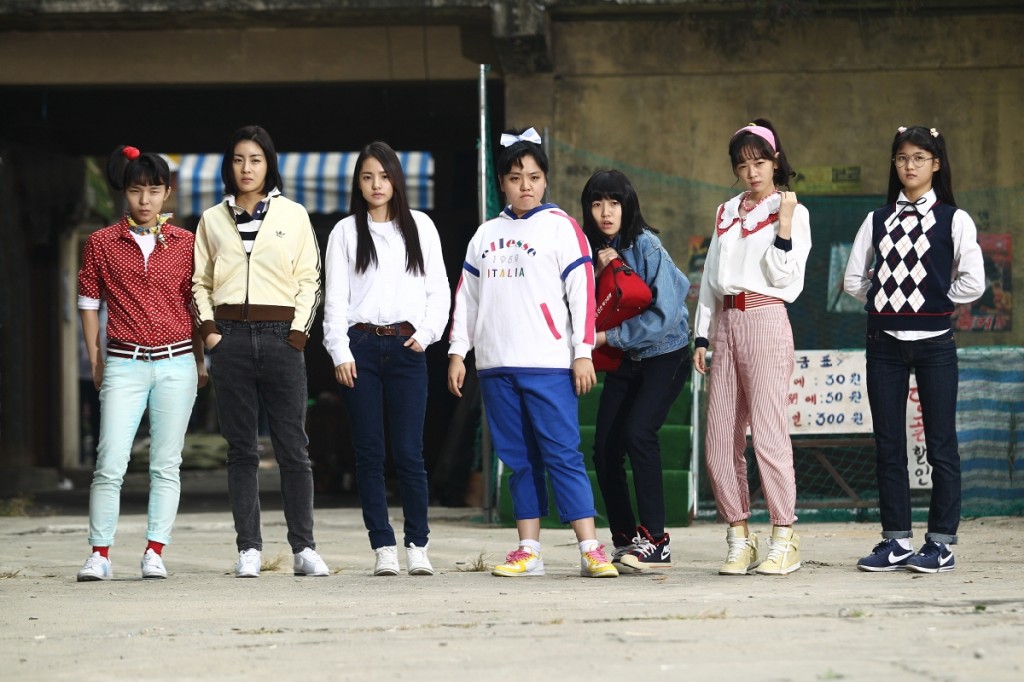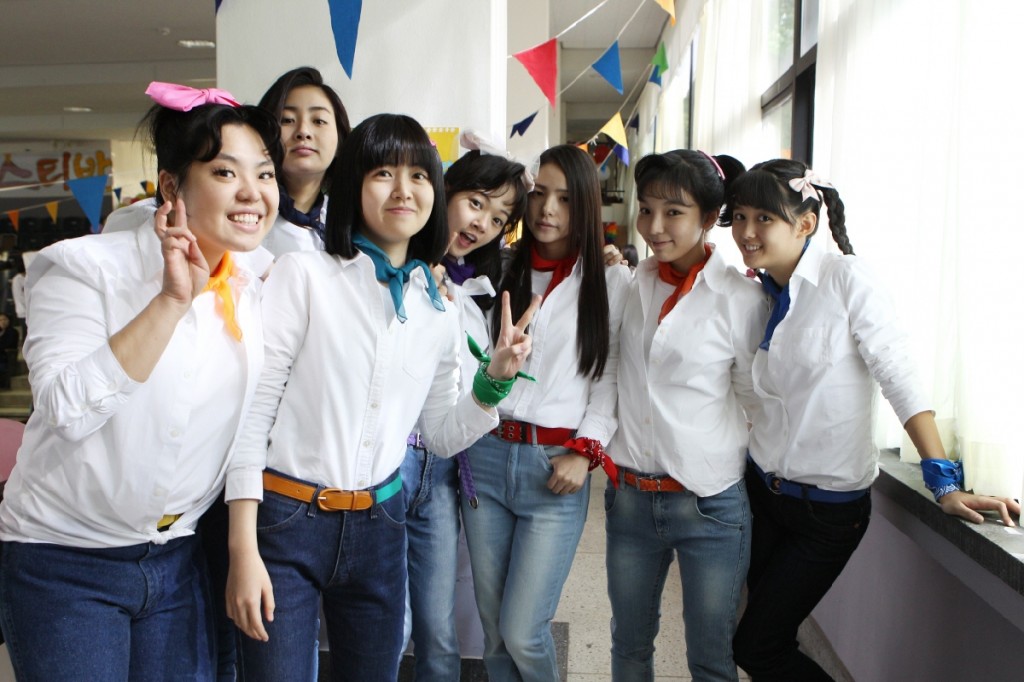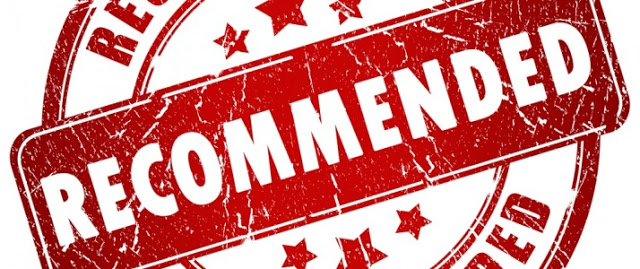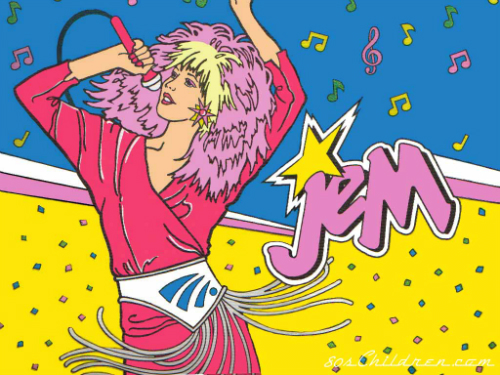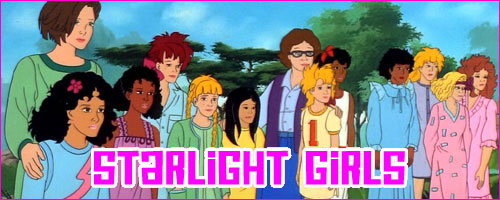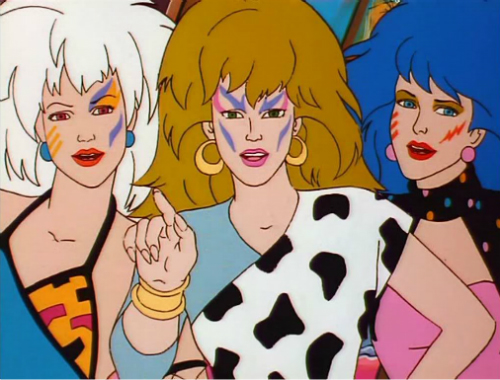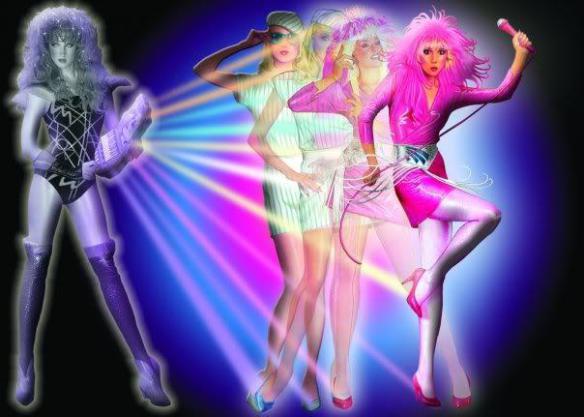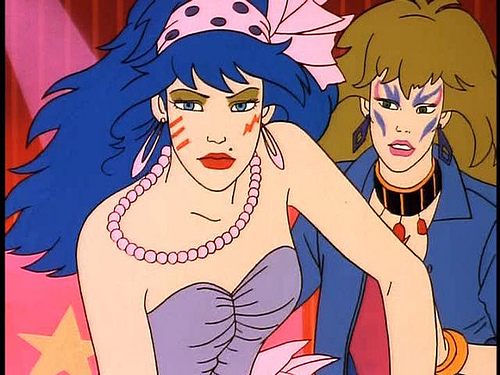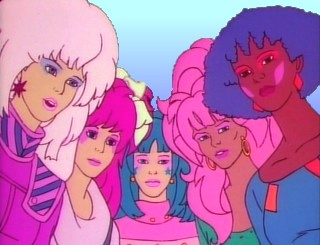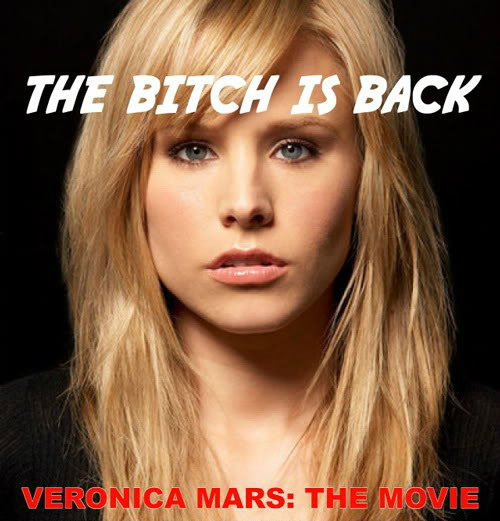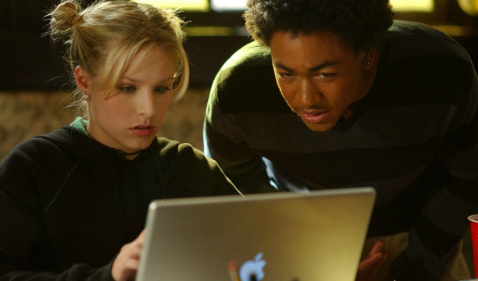Written by Andé Morgan.
I was born in the 80’s, and the 80’s are in me. When I hear that harem pants are back, I’m all like “XXL in gold lamé, please.” Watching a bad 80’s science fiction movie is like being born again: loud, frightening, painful, and (ultimately) so worth it. From Escape From New York to Robocop, cheesy 80’s movies have an essential optimism that often defies the best dark intentions of their screenwriters and production designers. Maybe this was due to subconscious anticipation of the “digital cinematography” revolution? Of course, 80’s movies also often contain a startling amount of misogyny, sexism, chauvinism, homophobia, and racism. This is unfortunate, but useful in its own way. Just as negative space is useful for defining an object, bad movies are useful for defining what a good movie isn’t. The Pod People is a negative space movie.
You may be familiar with Pod People from the third season of Mystery Science Theatre 3000 (ep. 0303, really the best way to watch it). Originally released as Los Nuevos Extraterrestres in Spain in 1983, Pod People answers the question: what if E.T., but they’re a psychopath? Directed by Juan Piquer Simón and starring a smorgasbord of European actors, this movie is ranked #28 on IMDB’s Bottom 100 list.
The film open on several men (poachers, we learn hours and hours and hours later) driving into the woods to poach. A bright light streaks across the sky and crashes to Earth, prompting one of the men to investigate (on his own, of course). He finds a cave glowing with unholy red light; inside he finds a clutch of large eggs. Inexplicably offended, he proceeds to destroy them, but is slain by a POV monster before the last, portentous, egg can be smashed.
Tommy (Óscar Martín) is a child living in isolation in the forest with his subservient mother Molly (Concha Cuetos) and his curmudgeonly uncle, Bill (Manuel Pereiro). While out collecting bugs, he finds the cave and brings the surviving egg home. The egg hatches and overnight the spawn grows as large as Tommy. He names it “Trumpy” because it looks like an abbreviated elephant. Trumpy impresses Tommy with some bootleg E.T. stop-motion psychokinesis. Meanwhile, Rick (Ian Sera) and his so-called bandmates Brian (Emilio Linder), Kathy (Sara Palmer), Sharon (Nina Ferrer), and Tracy (Maria Albert) stop at Tommy’s house for help after honorary band member Lara (Susanna Bequer) is injured in a fall while running from Mother Monster.
Trumpy’s mom soon goes on to kill another poacher, as well as bandmates Brian and Tracy. Eventually, Trumpy’s mother sneaks into the house and kills Kathy while she’s taking a shower. Summoned by the screaming, Bill wounds Trumpy’s mom with a rifle. The remaining men pursue the alien as she retreats to the woods. Trumpy, hiding through all this, then reappears in the house, frightening Molly and Sharon . Molly tries to shoot Trumpy, but Tommy shields the alien while they exit out the back door. Molly and Sharon follow Tommy into the woods. Trumpy and his mother have a quick reunion before she is shot to death by Rick (at least she gets to kill Bill first). Trumpy recedes into the bush, and the survivors return to the cabin. The end.
Like I said, this was a bad movie. It featured poor lighting, creepy dubbing, questionable continuity, and jarring scene changes. I will say that it’s amazing the they were able to make Trumpy and his mother so damned creepy on such a low budget.
Unexpectedly, the movie actually passes the Bechdel test. Technically. Midway through, Tracy and Molly share a scene where they discuss cooking. However, since this dialogue occurs in the context of a conversation about attracting men, one might argue that it doesn’t count. Later, there is a short bit of dialogue where Sharon admonishes Kathy against taking a shower while a killer is on the loose (a good idea, it turned out).
Pod People is a trove of clichéd horror and alien movie tropes, and this certainly applies to the portrayals of the female characters. We see Molly, the subservient mother figure, focused entirely on caring for the Man, Uncle Bill (Her brother? Her late husband’s brother? Some guy? Thanks for the help, movie) or the Child, Tommy. Her chaste devotion keeps her upright through the last frame. By contrast, Lara the Slut/Rich Bitch is depicted as a grown woman with the mind of child, which makes the earnest delivery of her sex-focused dialogue extra creepy. She shows no guilt over insinuating herself into camping trip for the sole purpose of sexy times with Rick, even though she knows that Sharon (Rick’s girlfriend) will be there and is not about that polyamory life. Of course, as punishment for her entitlement and sluttery, Lara is the first of the bandmates to die.
Tracy is the Ugly Girl/Odd Duck. Unlike the other women, she is not paired up with a male character, and spends almost all of her screen time lamenting about how she can’t attract a man. She meets her end in the back of a motorhome, while Tommy looks on through a telescope. It was an unsettling scene to watch. Even the crew of the SOL note that Tracy’s death scene seems…rapey. After the screaming and gyrations subside, her lifeless body is thrown from the camper like so much trash. Kathy’s death, by way of an extraterrestrial POV variation on the Psycho-Shower scene, is less disturbing but leaves another young, female character just as dead.
Sharon survives. Throughout the movie she is little more than a prop, prone to arguing and alternatively pursued or spurned by Rick. If the first act, when she learns the Lara will be coming on the camping trip, there is a scene where Rick silences her protests by grabbing her upper arms with his meat hooks and forcible pulling her in for kiss. Simón probably this would come across as romantic, because women love to be sexually assaulted, right?
So bad men and flawed women are killed, and ultimately, the alpha male uses violence to save his woman-property (Sharon), the chaste mother, and the child. Pod People would be just another 80’s Spanish mockbuster if not for one glimmer of a redeeming female character: Trumpy’s mother. Compelling female monsters are rare; most tend to be some variation of the sexy flawed woman, the sexy vampire/succubus, or the sexy space woman. Trumpy’s mom doesn’t fit the sexy cliché. Understandably angry about the mindless murder of her unborn progeny, her initial attempts at contact with humanity are met with screams and violent gestures. It’s no wonder she lashes out. She’s a strikingly sympathetic character, and I found myself rooting for her to just nuke the whole planet from orbit. Maybe in the sequel, Pod Peoples?
Andé Morgan writes about culture, politics, race, and LGBTQ issues. Her perspective stems from a life spent always on the boundary: white and black, rich and poor, masculine and feminine. She takes shelter under the transgender umbrella.
Check out her blog, NoAccommodation, and tweets at @noaccommodation and @andemorgan.
